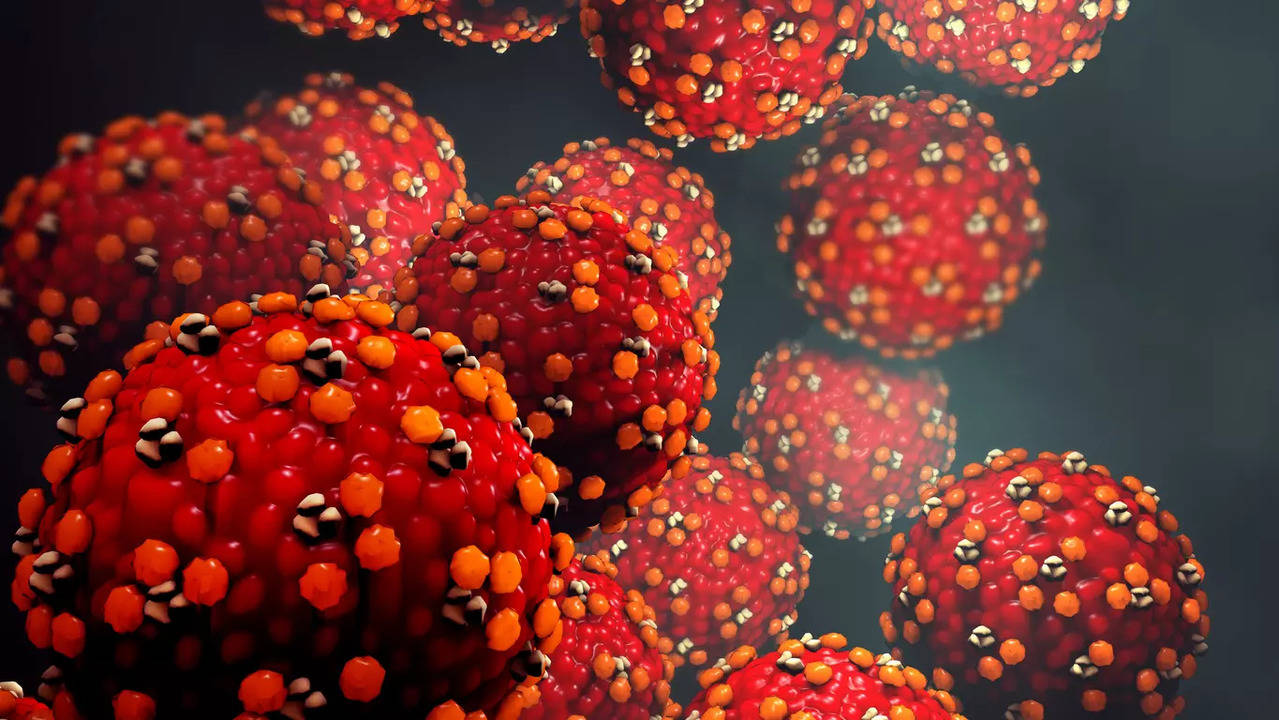Khosta-2, newly discovered COVID‑like virus in Russian bats can infect humans, says research
The discovery of the virus highlights that there is a need to develop vaccines to counter a larger sub-category of viruses than just the ones countering SARS CoV-2

Is an unidentified virus causing the 'Tomato-coloured' red rash and unexplained fever accompanied by severe body ache and nausea etc in children in Kerala?
Photo : iStock
A recently-discovered virus found in a Russian bat species is similar to the one causing COVID-19, a new study has now found. According to reports, researchers from Washington State University (WSU) have discovered that the spike proteins from Khosta- 2 virus can even affect human cells. According to the research, the virus and the COVID-19 virus belong to the same sub-category of coronavirus.
"Our research further demonstrates that sarbecoviruses circulating in wildlife outside of Asia - even in places like western Russia where the Khosta-2 virus was found - also pose a threat to global health and ongoing vaccine campaigns against SARS-CoV-2," Michael Letko, a WSU virologist and one of the author of the study told WSU Insider.
Existing vaccines ineffective against Khosta-2
According to the report, though many viruses have been doscovered in various bats in Asia, majority of them do not have the capability to affect humans. The team also discovered that the Khosta-2 virus was not affected by the existing set of COVID-19 vaccines. The virus was also tested against the serum of people affected with Omicron. However, the Omicron antibodies were also ineffective against the virus.
The study, published in the journal PLoS Pathogens, this cites that the discovery of Khosta-2 highlights the fact that vaccines need to be developed for the larger sub-category of virus than just against the SARS CoV-2.
“When you see SARS-2 has this ability to spill back from humans and into wildlife, and then there are other viruses like Khosta-2 waiting in those animals with these properties we really don’t want them to have, it sets up this scenario where you keep rolling the dice until they combine to make a potentially riskier virus,” Letko said, WSU Insider quoted.
Trending:
End of Article
Subscribe to our daily Newsletter!





Related News





What Happened At Middlesex Carnival? Witnesses Report Shooting, Arrests Amid Police Activity

Explosion In Hamilton? Locals Say Loud Boom Heard In Canadian City

Who Is Lee Ozmint? Arab High School Football Coach Sent Obscene Photo To Student

China Ramps Up Military Activity In Tibet And Xinjiang | Why It Matters To India?

Meet Shamrock: Viral Green Golden Retriever Puppy - Why Is She Green?









